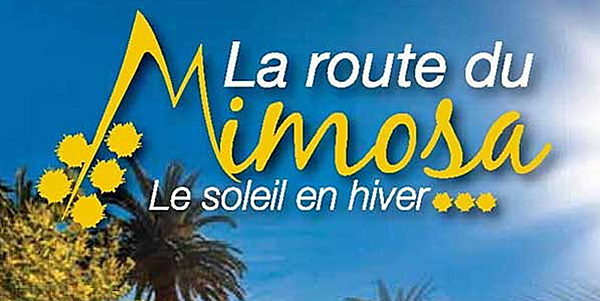The yellow-flowering mimosa is one of the hallmarks of the Côte d’Azur during the winter months. The bright yellow blossoms create a stunning contrast with the blue sky and sea. Even while winter is still in full swing, the blooming mimosa gives a glimpse of the coming spring!
A Unique Festival of Fragrance and Tradition
The Mimosa Festival, taking place from February 12 to 16 in 2025, is much more than just a flower parade. It is an opportunity to discover the rich history of the mimosa tree, which remains a symbol of sunshine and joy even in the coldest months. For five days, you can immerse yourself in a world full of color and scent as the city comes to life with festivities.
Here’s a glimpse of what to expect:
- Flower parades: Stunning floats decorated with mimosa blossoms
- Artisan markets: Perfect for finding unique souvenirs, from fragrant mimosa bouquets to local specialties.
- Election of the Mimosa Queen
If you want to fully enjoy the mimosa, driving the Mimosa Route ("La Route du Mimosa") is highly recommended. This scenic route stretches 130 km from the charming town of Bormes-les-Mimosas, depicted in the photo below, to Grasse. The best time to drive this route in Southern France is between January and March when the mimosa is in full bloom.
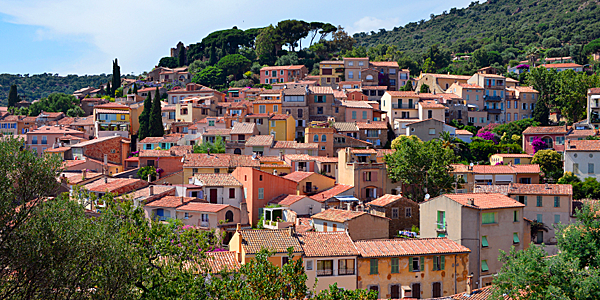
Every city and village along the route hosts seasonal festivals and events, with the highlight being the Mimosa Festival in the mimosa capital, Mandelieu-la-Napoule. Over the past two weeks, from February 18 to 25, celebrations were in full swing once again!
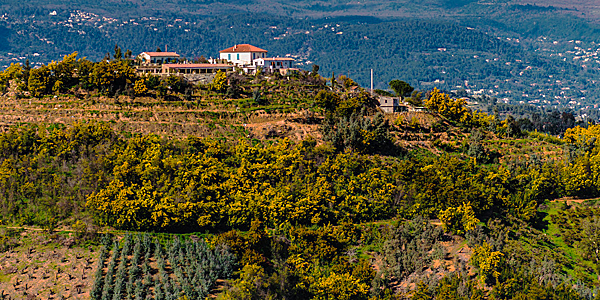
The Mimosa Route is perfect for exploring at your own pace. Taking occasional breaks to walk through the blooming hills is highly recommended, especially in Tanneron, where you’ll find entire hills covered in mimosa trees and numerous mimosa nurseries. The explosion of fragrance and color is an experience you won’t forget!
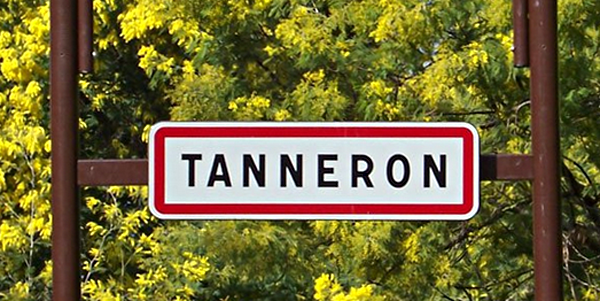
The Mimosa Route takes you through both the Var and Alpes-Maritimes regions. You drive from Bormes-les-Mimosas through Le Rayol Canadel Sur Mer, Saint-Raphaël, Mandelieu-la-Napoule, Tanneron, and Pégomas, ending in Grasse.
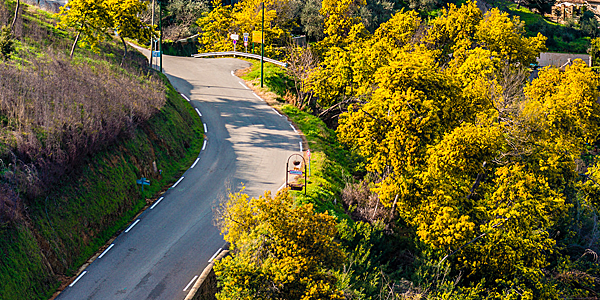
Although mimosa trees now flourish along the Côte d’Azur, this golden blossom is not originally from France! In the mid-19th century, during one of Captain Cook’s voyages, the mimosa was brought from Australia. It was initially planted in the gardens of English visitors spending their winters on the Côte d’Azur. Over time, these little golden "winter suns," as locals call them, spread wild across the hills of Southern France.
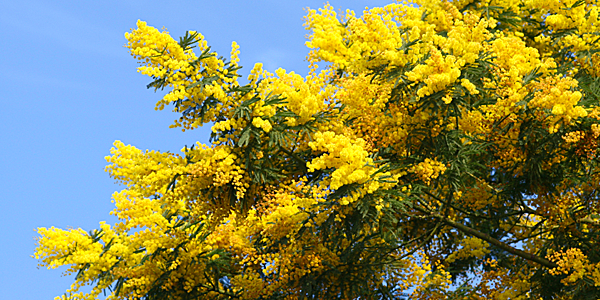
The blooming of the mimosa is celebrated annually by the residents of Mandelieu-la-Napoule. The first Mimosa Festival was held in 1931, and it was such a success that it became a yearly tradition attracting tens of thousands of visitors.
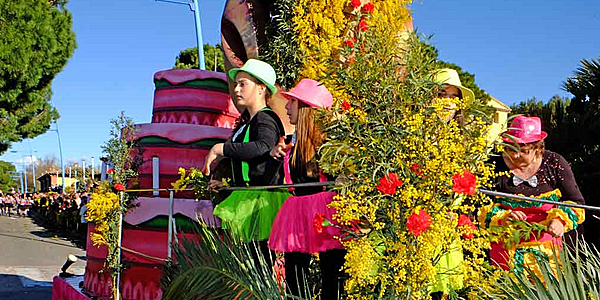
Freshly picked mimosa finds its way onto dozens of floats, which are decorated according to a chosen theme. As much as 12 tons of flowers are used to adorn the parade. Colorful performances and lively marching bands complete the spectacle. And of course, the grand finale—the "bataille des fleurs," where handfuls of mimosa flowers are thrown into the crowd. The flower parade in Mandelieu is undoubtedly one of the most beautiful (and fragrant) events on the Côte d’Azur!
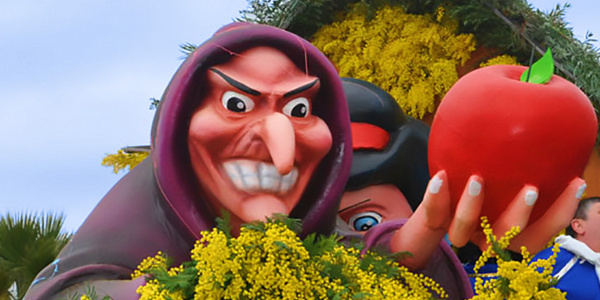
If parades aren’t your thing, driving (even just a portion of) the Mimosa Route is a fantastic way to experience the beauty of this season in Southern France!

